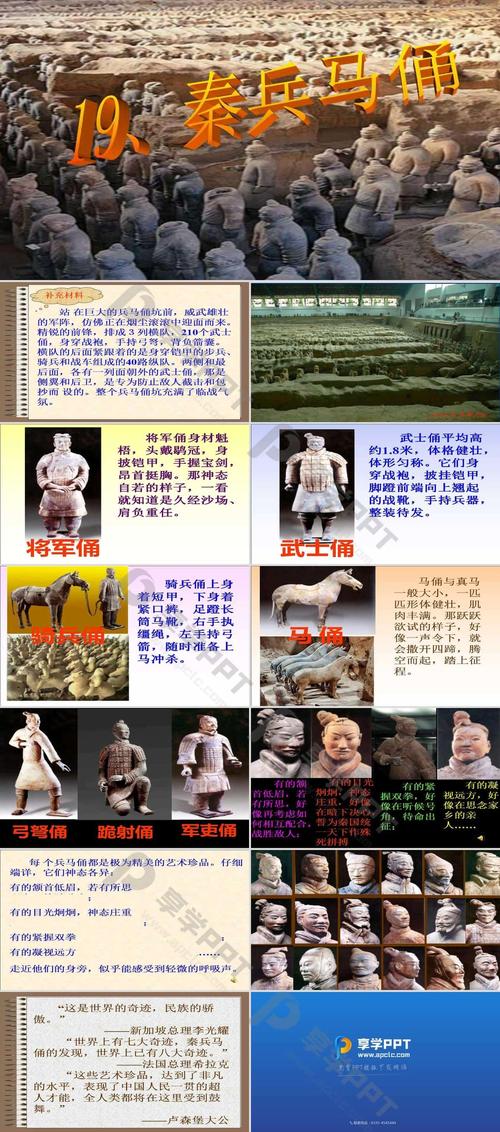
What Do the Terracotta Army Represent?
Terracotta: An Ancient Material
Terracotta, literally meaning "baked earth" in Italian, refers to any kind of fired clay. It encompasses a wide range of objects, from simple vessels and figures to complex architectural elements. The beauty of terracotta lies in its simplicity and versatility.
- Material: Made from readily available, coarse, and porous clay, terracotta embodies a connection to the earth.
- Firing: The firing process, often in kilns, transforms the pliable clay into a durable ceramic material.
- Color: Terracotta typically exhibits earthy tones, ranging from a pale ochre to a rich, warm red, depending on the clay composition and firing temperature.
- Finish: While some terracotta pieces are glazed for decoration or waterproofing, many, like the Terracotta Army, are left unglazed, allowing the natural beauty of the clay to shine through.
The Terracotta Army: A Spectacle of Ancient Craftsmanship
Standing guard over the tomb of China's First Emperor, Qin Shi Huang, the Terracotta Army is one of the most awe-inspiring archaeological discoveries of all time. This vast collection of life-sized terracotta figures represents far more than just clay soldiers; it offers a glimpse into the military might, artistry, and beliefs of ancient China.
- Military Might: The army, consisting of thousands of meticulously crafted soldiers, chariots, and horses, reflects the emperor's ambition to conquer and unify China. Each figure is unique, showcasing different ranks, uniforms, and even facial expressions, highlighting the vastness and organization of Qin Shi Huang's forces.
- Artistic Brilliance: The Terracotta Army is a testament to the exceptional skill and artistry of the Qin dynasty craftspeople. The life-size figures display incredible detail and realism in their features, armor, hairstyles, and weaponry.
- Spiritual Beliefs: The creation of the Terracotta Army was not merely a display of military power; it was deeply rooted in the belief that these figures would serve and protect the emperor in the afterlife. The sheer scale of the project reflects the importance placed on the afterlife and the desire to ensure the emperor's continued reign beyond the mortal realm.
The Legacy of the Terracotta Army
The Terracotta Army stands as a testament to the ingenuity, craftsmanship, and cultural beliefs of ancient China. It serves as:
- A Window into History: The figures provide invaluable insights into the military practices, social hierarchy, and artistic traditions of the Qin dynasty.
- A Cultural Treasure: The Terracotta Army is a UNESCO World Heritage site and a symbol of China's rich cultural heritage.
- An Enduring Mystery: Despite decades of research, much about the Terracotta Army remains a mystery. The techniques used to create and fire the figures, the logistics of such a massive undertaking, and the full extent of the tomb complex continue to intrigue and inspire scholars and visitors alike.
FAQs
1. How many Terracotta Army figures are there?
While the exact number remains unknown, it's estimated that over 8,000 life-size figures, including soldiers, chariots, and horses, are buried within the tomb complex.
2. Why was the Terracotta Army created?
The army was created to serve and protect Qin Shi Huang, the First Emperor of China, in the afterlife. The figures reflect the emperor's desire for continued power and dominance even after death.
3. Were the Terracotta Army figures originally painted?
Yes, the figures were originally painted in vibrant colors. However, exposure to air and the elements after the tomb's rediscovery caused the paint to flake off, revealing the terracotta beneath.